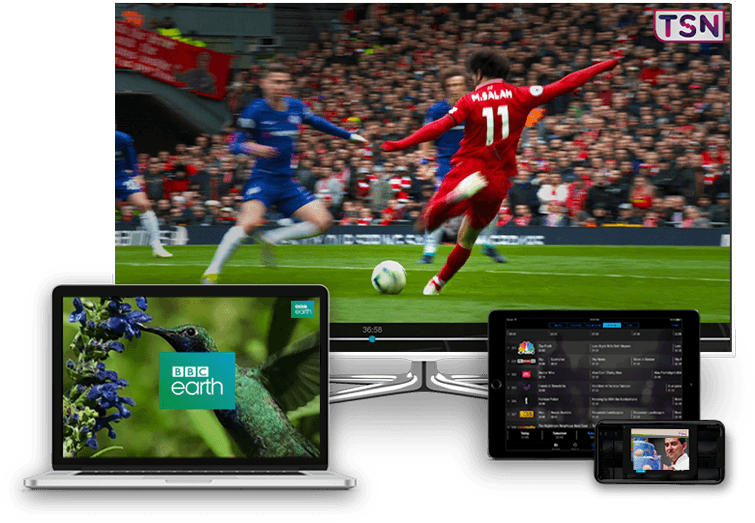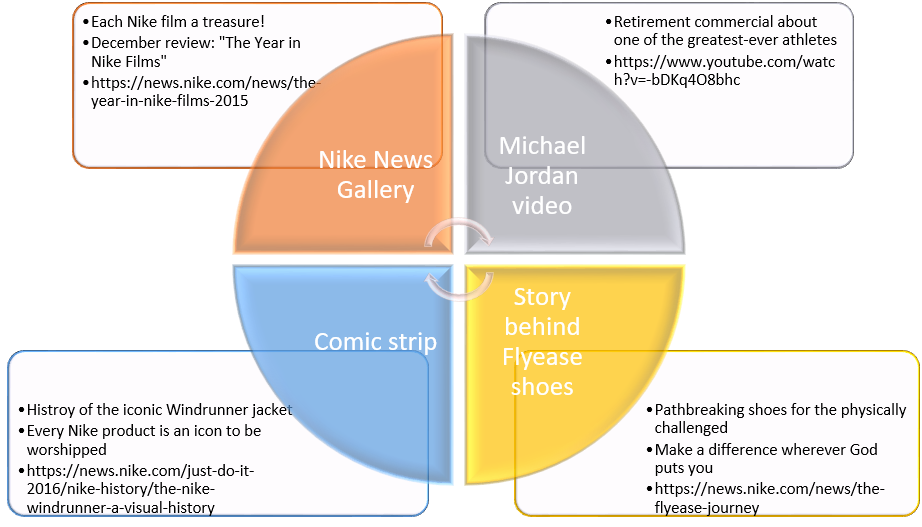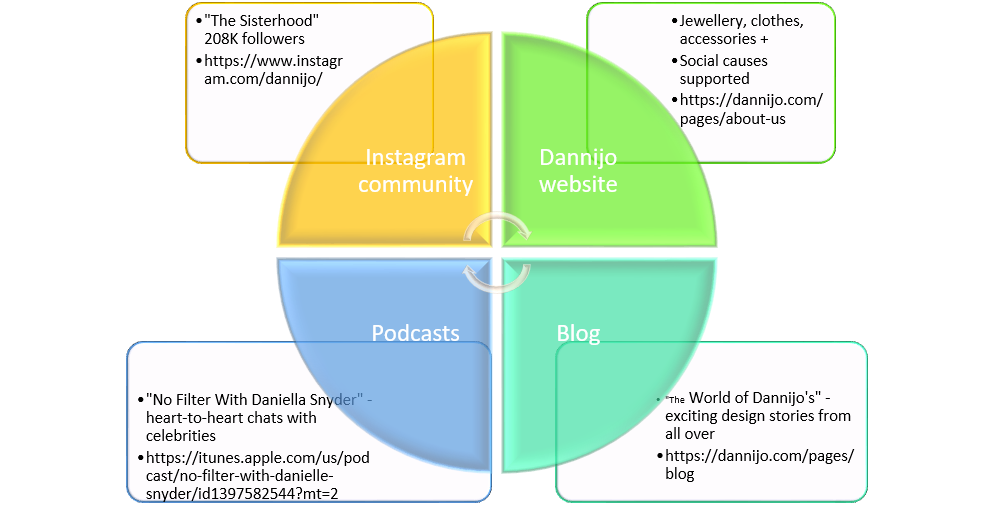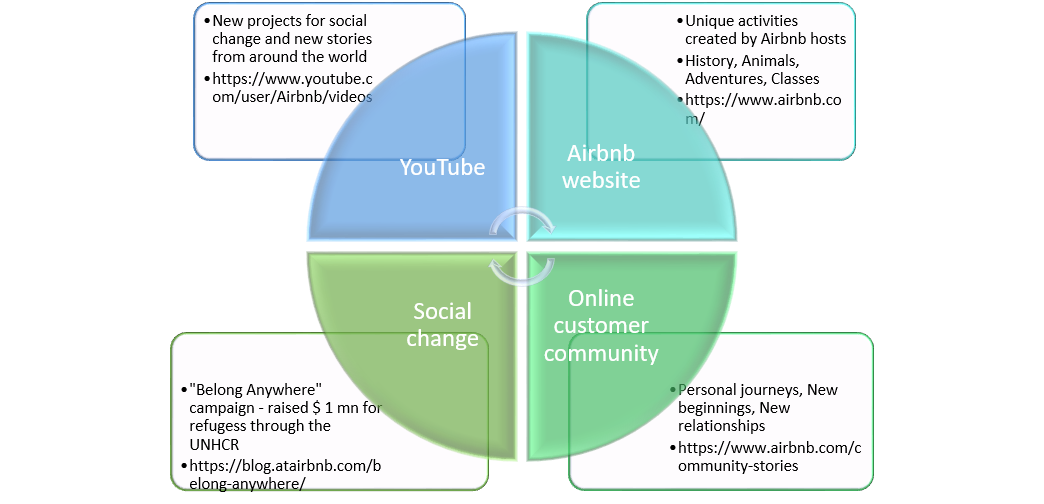Posts
Is authenticity more important for a brand than innovation?

We have become products of the media we consume.
Media, powered by innovations in technology, has taken charge of our lives like never before. With the media at our fingertips giving us a window to an ever-changing landscape, we have become conditioned to endlessly seek innovation. We expect newness 24×7 from everything – from cosmetics to clothes to gadgets to cars and bikes. From financial services to entertainment options to travel and hospitality. We see huge strides every day in artificial intelligence (AI), computing power and telecom infrastructure.
So, innovation is the mantra for marketing success, right? Is it, really?
Let us, as marketers, take a step back and gain some perspective. Technology has become democratised, allowing small, nimble players with moderate budgets to achieve the same technological sophistication in product design, production and distribution as well as marketing communication that only large players with mega budgets could reach for in the past. Today, innovations come in small, incremental steps, one day at a time. It is rare to see a completely disruptive breakthrough achieved by some adventurous entrepreneur – and the disruption gets imitated immediately. The entry barrier created by innovation lasts a very short time in today’s world.
So, what tactics can marketers adopt to create a competitive edge? Discounts, offers and freebies are constantly offered – not only during the festival season but even at other times dues to the incessant pressure of e-commerce and m-commerce. So, they lose their competitive edge.
Brand positioning supported by the “big advertising idea” used to be the holy grail decades ago. But, brand clutter has reached such high decibel levels that brand positioning has lost some of its ability to sustain competitive advantage over the long term.
That leaves emotional connectors like trust and authenticity as one of the few differentiators that can sustain a brand beyond short-term gains.
How does a brand build trust and authenticity into its communication?
By building a narrative eco-system with visual story-telling at its heart.
Here are three examples – Nike, Dannijo and Airbnb. Let’s look at their narrative eco-systems.
Nike – at innovation’s cutting-edge.
Nike has crafted the sustained narrative of a larger-than-life brand that goes way beyond product features and technology. With the result that Nike is looked upon with awe and respect.

The narrative is one of Nike being a cult phenomenon – even to the extent of looking back over a year in terms of Nike films! Nike transcends the material world – it goes “where God puts it”!
Dannijo – a jewellery-to-clothes-to-accessories brand.
What’s the Dannijo narrative? It’s simple and direct: two adorable sisters share affordable fashion and style cues from the heart.

Dannijo was created by two sisters – Danielle and Jodie Snyder. They infuse the brand with their personalities, their way of life and their social mission. It’s from the heart – authentic to the core.
Airbnb – using technology to create a platform to disrupt the hospitality sector.
Airbnb rings the authentic note with a narrative of great fun and enriching experiences for both sides to the hospitality equation – hosts and guests.

Airbnb has disrupted the hospitality industry but is not resting on its laurels. The brand narrative is deeply personal – both for the people delivering the last mile and the customers who are co-creating experiences.
In all three examples – Nike, Dannijo and Airbnb – each element by itself is a carefully crafted piece of visual storytelling in sync with the brand’s persona. Meanwhile, the products continue to perform on the basic attributes of success – delivering on promises; treating customers with respect; providing high quality; protecting customer privacy; acting with integrity and being genuine and real. Expressions of these and other attributes find their way into almost every brand mission statement in one form or the other. That’s great, that’s necessary – but not sufficient.
What sets these brands apart – what will help them cut through time – is the totality of a carefully orchestrated eco-system for visual storytelling. Every element stands apart – but when taken as a whole, the eco-system delivers a media multiplier effect making the whole greater than the sum of the parts.
“Either you’re going to tell stories that spread or you will become irrelevant.” Seth Godin.
Leave a Reply